Comprehensive Guide to Email Writing Best Practices: Write Effective Emails
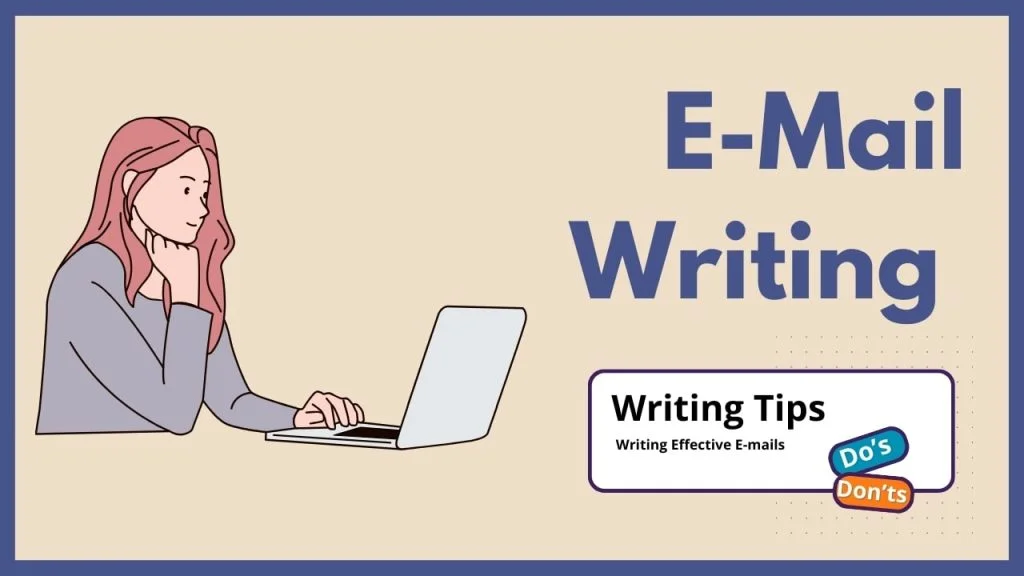
Loading...

Email writing remains essential in today's digital communication landscape. Mastering email writing best practices ensures your messages achieve their intended purpose while maintaining professionalism. Whether you're sending business communications or personal messages, effective email writing creates clarity, builds relationships, and drives desired outcomes. This comprehensive guide to email writing will equip you with proven techniques to craft messages that resonate with recipients and reflect positively on you.
Effective email writing combines proper structure, clear messaging, and appropriate tone. By following established email writing best practices, you can avoid common pitfalls and ensure your communications achieve their intended purpose. This guide explores everything from basic email writing principles to advanced techniques for handling challenging situations. Successful email writing is a skill that can be developed with practice and attention to detail.
The foundation of effective email writing starts with proper structure. Following these email writing best practices ensures your messages are organized and professional. Professional email writing structure follows a logical flow that guides recipients through your message effectively.
Your subject line determines whether recipients open your email. Effective email writing begins with subject lines that:
Example: ❌ Poor: "Hello" or "Quick question" ✅ Effective: "Project Timeline Meeting - Action Required by Friday"
Strategic email writing always pays special attention to crafting compelling subject lines that increase open rates.
Starting with an appropriate salutation sets the tone for your entire message. Strong email writing includes:
Example: ❌ Too casual: "Hey there!" ✅ Professional: "Dear Ms. Johnson," or "Hello Thomas,"
The greeting in your email writing establishes the relationship tone from the very beginning.
Effective email writing gets to the point quickly. In your opening paragraph:
Example: "I'm writing to follow up on our discussion about the marketing campaign budget. We need your approval by Thursday to proceed with the vendor selection."
Clarity in purpose is a hallmark of professional email writing that respects recipients' time.
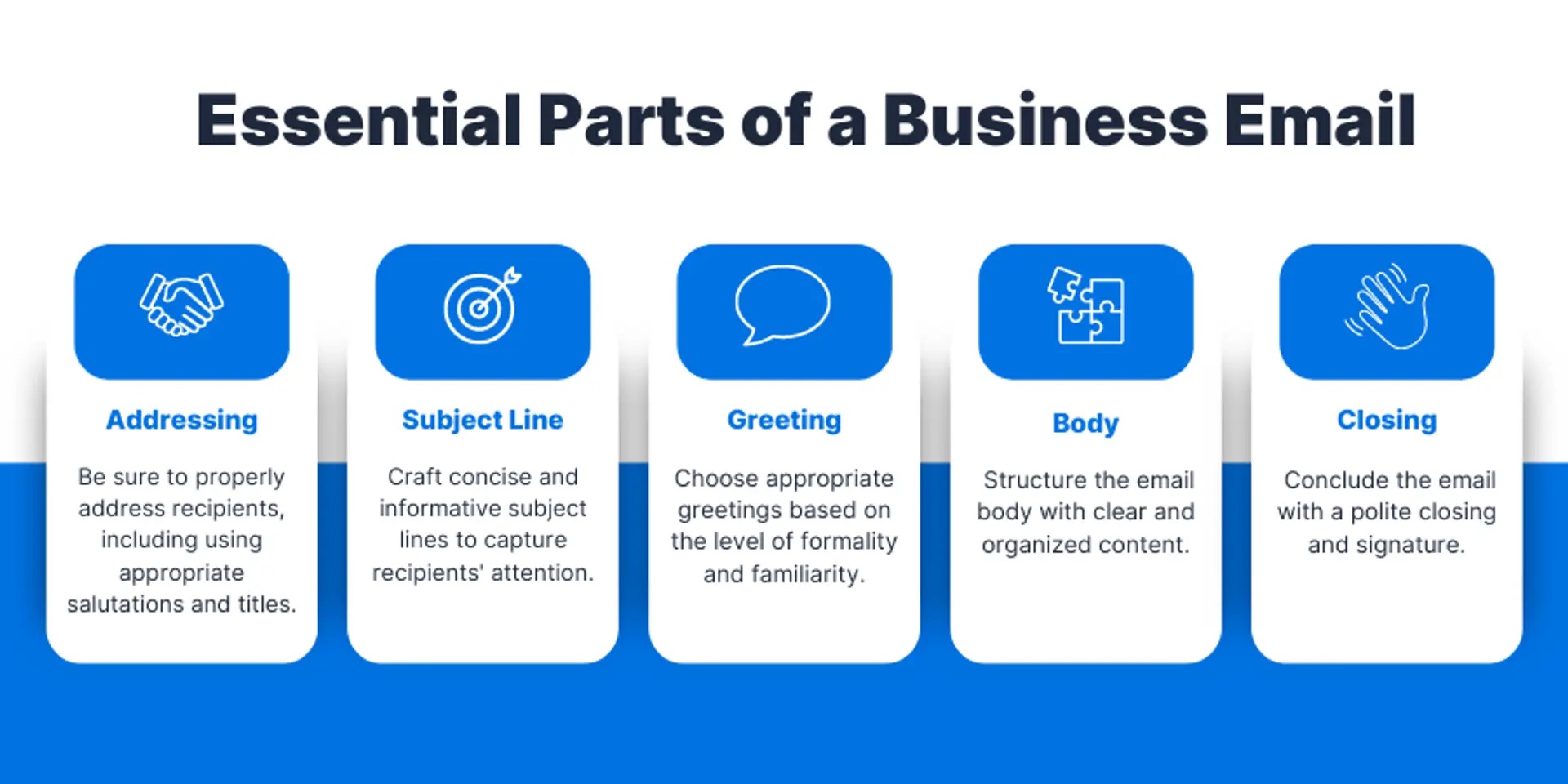 Key components of well-structured professional emails
Key components of well-structured professional emails
The body of your email should support your purpose while maintaining readability. Effective email writing techniques include:
Example Body Structure:
Project update:
• Phase 1 completed on schedule
• Phase 2 resources allocated
• Timeline adjustment needed for Phase 3
Budget considerations:
• Current spending: $42,500
• Remaining budget: $17,500
• Additional funding request: $10,000
Strategic email writing organizes information in ways that make complex messages easy to understand.
Professional email writing always includes a specific next step. Your closing should:
Example: "Please review the attached proposal and provide your feedback by Tuesday, July 20. A simple 'approved' reply is sufficient if you have no changes."
Action-oriented email writing drives outcomes by making next steps unmistakably clear.
Complete your email writing with an appropriate closing that matches your relationship with the recipient:
Your email writing signature is an extension of your professional brand.
Once you've mastered basic structure, these advanced email writing best practices will further enhance your communication effectiveness. Elevating your email writing skills requires attention to these more nuanced aspects of communication.
The most effective email writing adapts tone to both audience and purpose:
Email Tone Examples:
Formal: "I would appreciate your consideration of this proposal at your earliest convenience."
Conversational: "When you have a moment, I'd love to get your thoughts on this proposal."
Direct: "Please review this proposal by Friday so we can proceed with implementation."
Mastering tone variation in your email writing allows you to navigate different business relationships effectively.
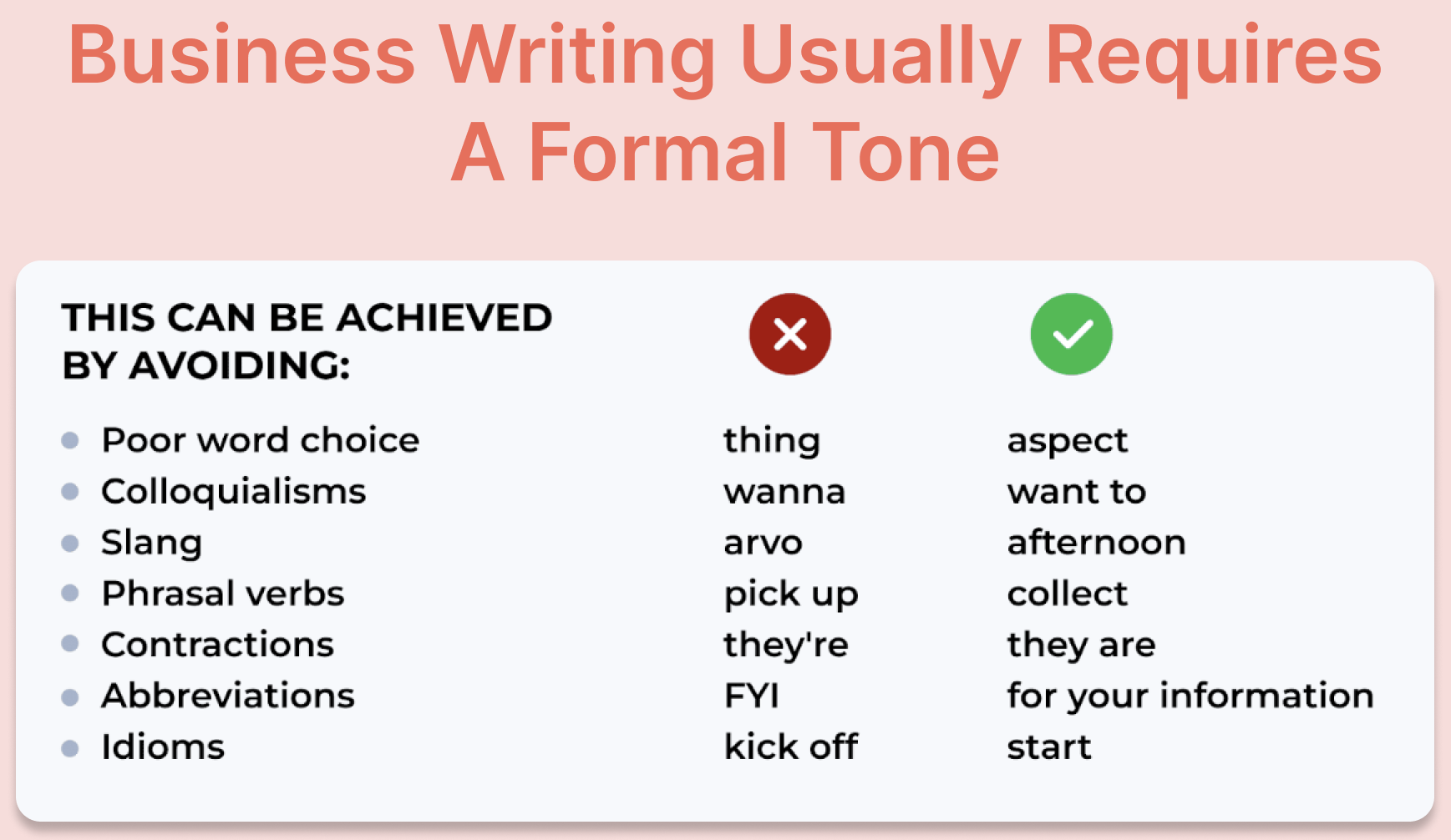 Spectrum of email tones for different professional contexts
Spectrum of email tones for different professional contexts
Personalized email writing significantly increases engagement. Implement these techniques:
Example: "Based on your presentation last week about marketing challenges, I thought you might find this article helpful. It addresses the exact audience segmentation issue you mentioned."
Thoughtful email writing demonstrates your attention to individual relationships and specific contexts.
With over 60% of emails opened on mobile devices, effective email writing must consider mobile readers:
Modern email writing acknowledges the multi-device reality of today's communication landscape.
Advanced email writing skills are particularly valuable in difficult situations. Sensitive email writing requires additional care and consideration.
When using email writing to convey bad news:
Example: "Unfortunately, we cannot accommodate your request for an extension on the project deadline. The client requirements are firm, and we have contractual obligations to deliver by July 30. I'd be happy to discuss ways we can prioritize critical components to ensure the most important elements are completed first."
Diplomatic email writing maintains relationships even when delivering unwelcome information.
Effective email writing for conflict resolution:
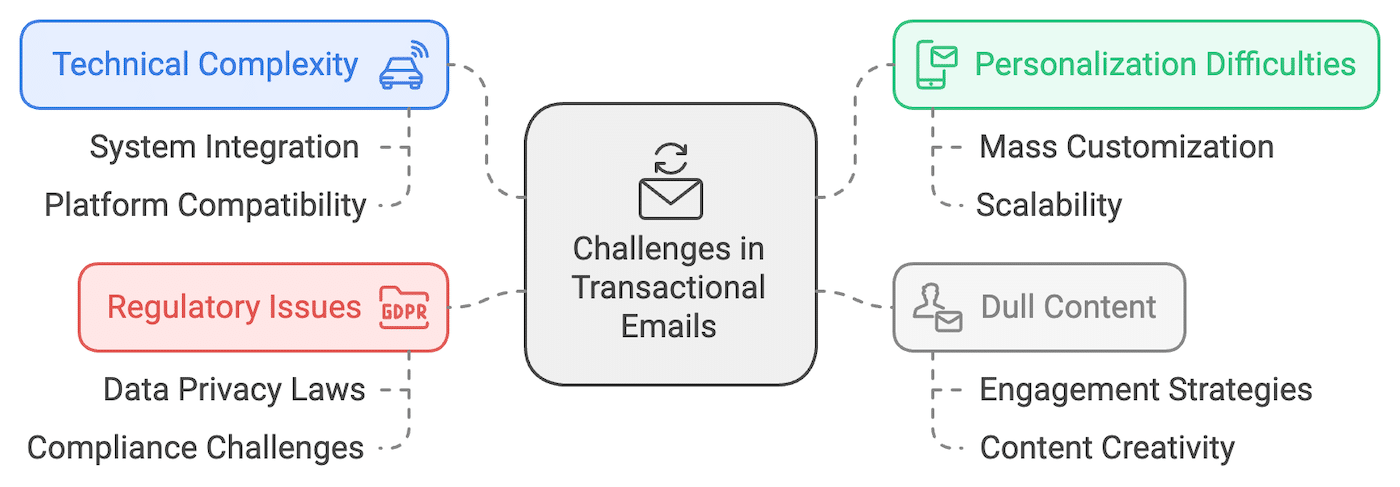 Best practices for handling challenging communication scenarios
Best practices for handling challenging communication scenarios
Master the art of email writing for persistent follow-up:
Example: "I'm following up on my email from Tuesday regarding the Q3 marketing plan. I've attached an updated version that incorporates feedback from the sales team, which might address some of your potential concerns. Would you prefer to discuss this via email or during our Thursday meeting?"
Persistent yet respectful email writing balances determination with professionalism.
Beyond content and structure, these technical aspects of email writing ensure your messages appear professional. The technical side of email writing can significantly impact how your message is received.
Proper formatting enhances readability in professional email writing:
Visual elements in your email writing should enhance, not distract from, your message.
Effective email writing includes proper attachment management:
Thoughtful email writing anticipates recipients' needs when sharing documents and files.
Your signature is an extension of your email writing professionalism:
Professional email writing includes a carefully designed signature that reinforces your brand.
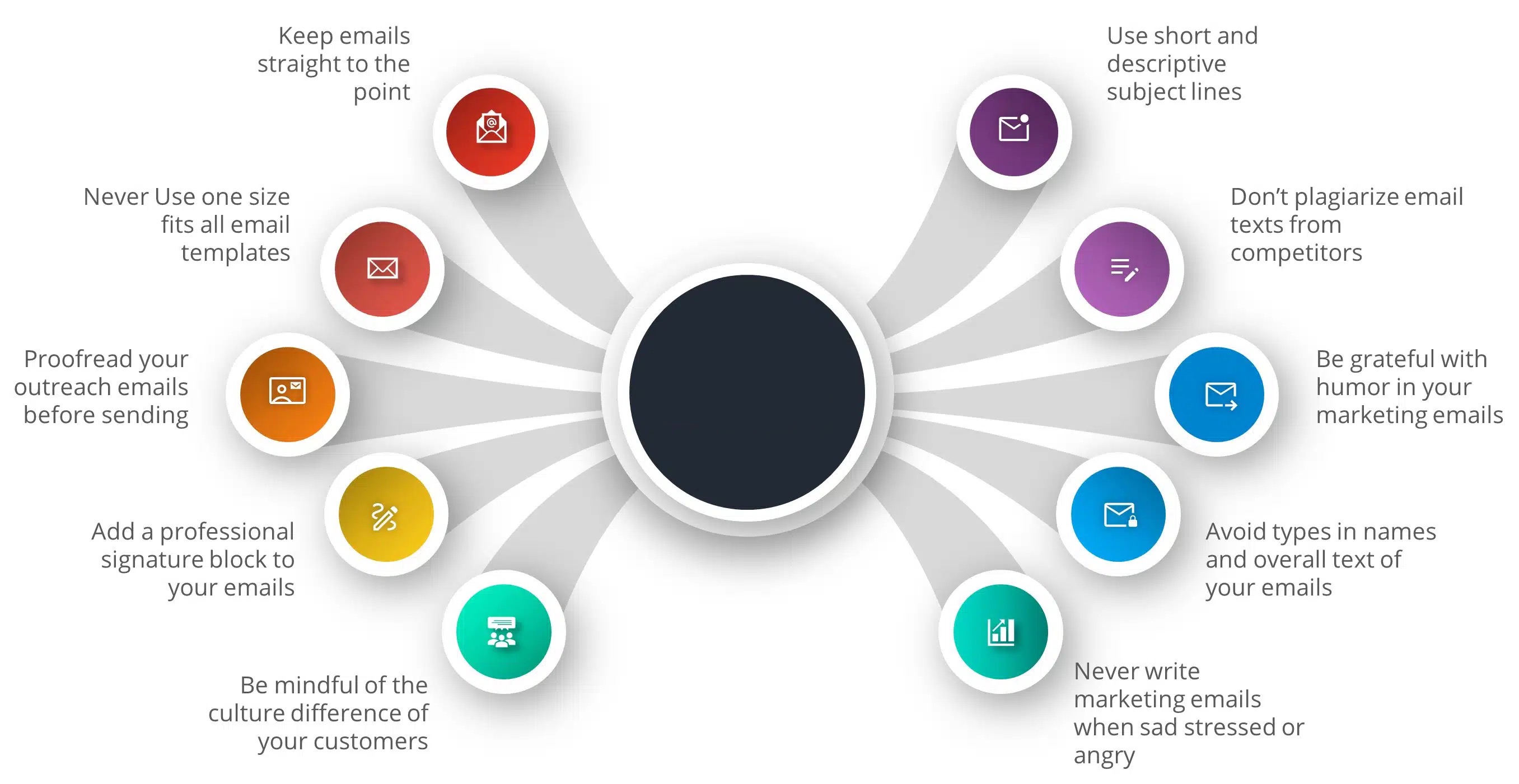 Technical elements that enhance professional email presentation
Technical elements that enhance professional email presentation
These efficiency strategies help you implement email writing best practices while saving time. Productive email writing combines quality with efficiency.
Create templates for recurring email writing scenarios:
Template Example (Meeting Follow-up):
Subject: [Project Name] Meeting Summary - [Date]
Hello [Name],
Thank you for participating in our discussion about [topic]. Here's a summary of key points and action items:
Key Decisions:
• [Decision 1]
• [Decision 2]
Action Items:
• [Person 1]: [Task] by [Date]
• [Person 2]: [Task] by [Date]
Our next meeting is scheduled for [Date/Time]. Please let me know if you have any questions before then.
Best regards,
[Your Name]
Strategic email writing uses templates to maintain quality while increasing productivity.
For routine email writing, consider limiting messages to five sentences:
This structure forces clarity and brevity in your email writing, respecting recipients' time while ensuring comprehensive communication. Concise email writing often achieves better results than lengthy messages.
Optimize the impact of your email writing by considering timing:
Strategic email writing considers not just what to say, but when to say it.
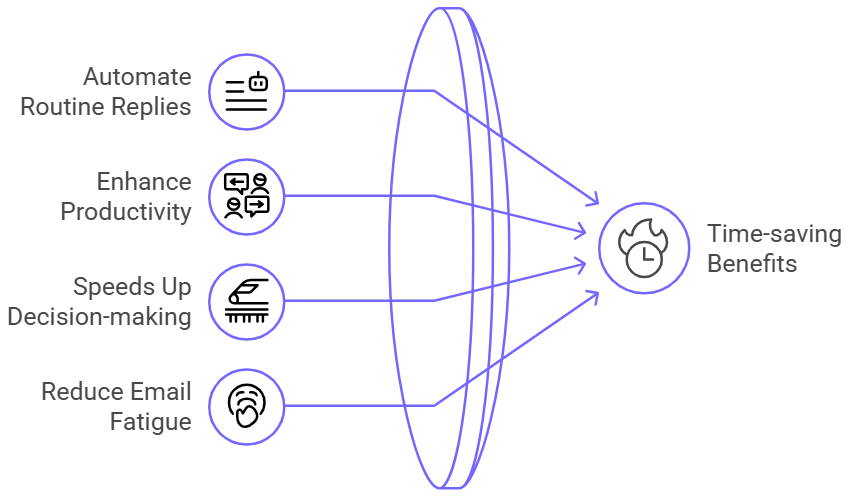 Strategies to maximize efficiency while maintaining quality in email writing
Strategies to maximize efficiency while maintaining quality in email writing
Even experienced professionals make these email writing errors. Refining your email writing means identifying and eliminating common mistakes.
Not every message warrants high priority. Effective email writing reserves urgency indicators for truly time-sensitive matters:
Credible email writing maintains integrity by using urgency indicators honestly.
Professional email writing requires emotional management:
Measured email writing maintains professionalism even in challenging situations.
Concise email writing shows respect for recipients' time:
Efficient email writing communicates important information without unnecessary detail.
Professional email writing requires careful review:
Polished email writing reflects your attention to detail and professionalism.
Mastering email writing best practices is an invaluable professional skill. By implementing the techniques outlined in this guide, you'll create communications that achieve their purpose while reflecting positively on your professionalism. Remember that effective email writing balances clarity, brevity, and appropriate tone while maintaining focus on the recipient's needs and perspective.
The most successful email writing adapts to specific contexts while maintaining consistent professionalism. By applying these email writing best practices consistently, you'll enhance your communication effectiveness, strengthen professional relationships, and achieve better outcomes from your email exchanges. Expert email writing becomes a competitive advantage in today's business environment.
Start implementing these email writing techniques today, and you'll quickly notice improvements in response rates, relationship quality, and overall communication effectiveness. Whether writing a simple follow-up or crafting a complex proposal, these email writing best practices provide the foundation for email success. Continued practice and refinement of your email writing skills will yield increasingly better results over time.